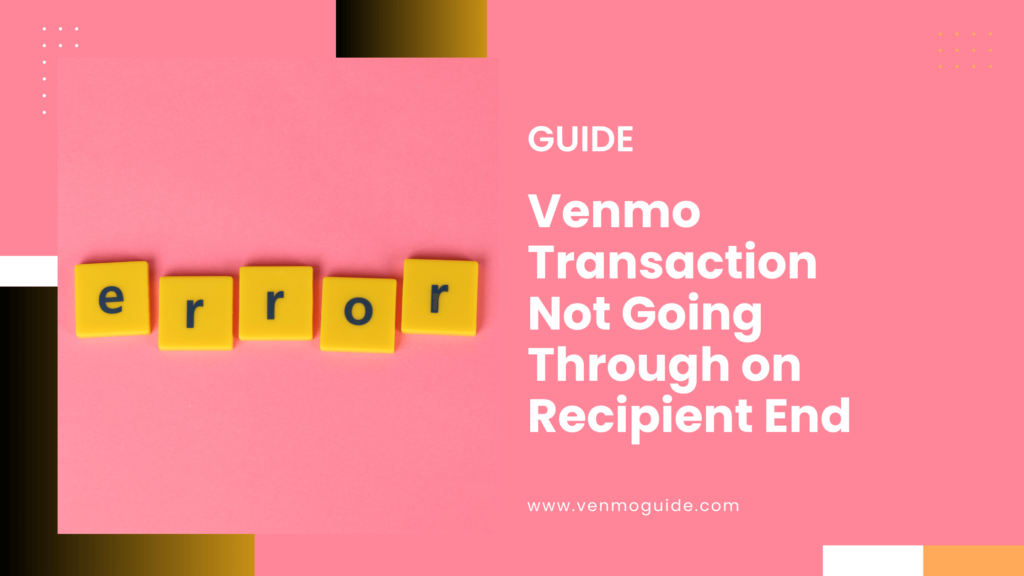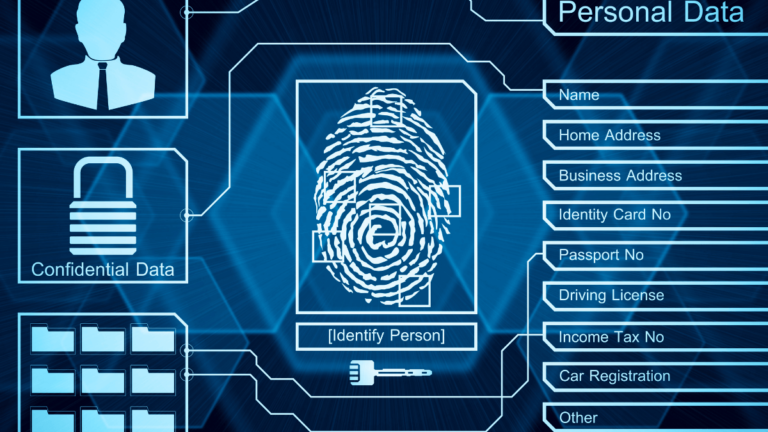If a Venmo transaction is not going through on the recipient’s end, it could be due to several reasons:
- Insufficient Funds: The sender may lack sufficient funds in their Venmo balance or linked bank account.
- Incorrect Details: The recipient’s username, phone number, or email may be incorrect.
- Account Issues: The recipient’s account might be temporarily frozen or restricted.
- Network or App Issues: Network connectivity problems or app glitches can cause delays.
- Fraud Prevention: Venmo may block the transaction due to suspected fraudulent activity.
Check all details and try again, or contact Venmo support for assistance.

Common Causes for Declined Transactions
Venmo transactions can be declined for a variety of reasons. Here are some common issues you might encounter:
- Insufficient Funds: If you don’t have enough money in your linked bank account or Venmo balance, the payment will not go through.
- Unverified Account: An unverified Venmo account may have limits on how much money you can send. If you exceed this limit, the transaction will be declined.
- Suspicious Activity: If Venmo detects unusual or suspicious activity, they might block the payment for security reasons.
Checking your account balance and verification status can help avoid these situations.
Payment Limits and Account Verification
Venmo has specific limits that can affect your transactions. Here’s what to keep in mind:
- Sending Limits: You can only send a certain amount of money if your account is not verified. For example, unverified accounts may have a limit of $299.99 per week.
- Verification Process: Make sure your account is verified to lift these limits. This generally involves providing your phone number, email, and possibly a form of ID.
- Transaction Alerts: If a payment exceeds the dollar amount allowed by your bank, it could trigger a decline due to verification requirements.
Bank Account and Credit Card Issues
Sometimes, issues with your bank or credit card can lead to payment declines. Pay attention to these points:
- Card Issuer Policies: Your card issuer or bank may block a transaction for various reasons. They may be suspicious of a payment to a new recipient or a transaction above your usual spending behavior.
- Error Messages: If you see an error message, it usually indicates a problem with processing the payment. Make sure your card information is accurate and up-to-date.
- Bank Notifications: Changes in your bank account or card status may require you to update information with Venmo. Keep an eye on any notifications from your bank.
Technical Problems and Security Concerns
When transactions on Venmo do not go through, technical issues and security concerns often play a significant role.
Assessing Internet and Connectivity Issues
A stable internet connection is crucial for successful transactions on the Venmo app. If your connection is weak or interrupted, payments may fail. Start by checking your Wi-Fi or mobile data.
- Reconnect: Switch your Wi-Fi off and on, or toggle your mobile data.
- Restart Devices: Reboot your phone or tablet to refresh the connection.
- Check Venmo Status: Occasionally, Venmo may undergo maintenance or face outages. You can check their official channels for updates.
If connectivity issues persist, consider using a different network temporarily to see if that resolves the problem.
Ensuring a reliable connection can help you avoid errors when sending or receiving money.
Security Measures and Fraud Prevention
Venmo has robust security measures to protect users, but these can sometimes cause payments to decline. If you encounter a payment problem, check for security-related issues first.
- Account Updates: Ensure your account information is current. Outdated details can trigger security flags.
- Two-Factor Authentication: Enabling this feature adds an extra layer of protection. It helps secure your account from unauthorized access.
- Fraud Alerts: Venmo monitors for fraudulent activity. If they detect suspicious behavior, they may temporarily block payments to protect you.
Resolve Issues and Contacting Support
When a Venmo transaction doesn’t go through on the recipient’s end, it can be frustrating. There are steps you can take to troubleshoot the problem and options for reaching out to customer support for further help.
Troubleshooting Payment Errors
To start fixing the issue, check a few key areas:
Internet Connection: Ensure you’re connected to the internet. A weak signal can disrupt transactions.
Payment Method: Confirm that the payment method linked to your account, such as a debit card or bank account, is active and has sufficient funds. If necessary, consider using a different payment method.
Transaction History: Look at your transaction history for any declined payments. This can offer clues about what went wrong
Log Out and In: Sometimes, simply logging out of your Venmo account and logging back in can help refresh the application.
Reinstall the App: If the problem persists, delete and reinstall the Venmo app. This should not affect your account settings or transaction history.
Seeking Assistance from Venmo Customer Support
If troubleshooting doesn’t solve the problem, contacting Venmo customer support can provide more assistance.
Accessing Support: You can reach out through the app or by visiting the Venmo website. There you’ll find options like a support chat or an email form.
Be Prepared: Gather details about the transaction, such as dates, amounts, and the payment method used. This information helps the support team understand your issue better.
Feedback from the Support Team: Once you contact them, they may offer solutions or insights based on the details you provide.
Payment Disputes: If the issue involves a payment dispute, mention it during your conversation. The support team will guide you through the necessary steps.






